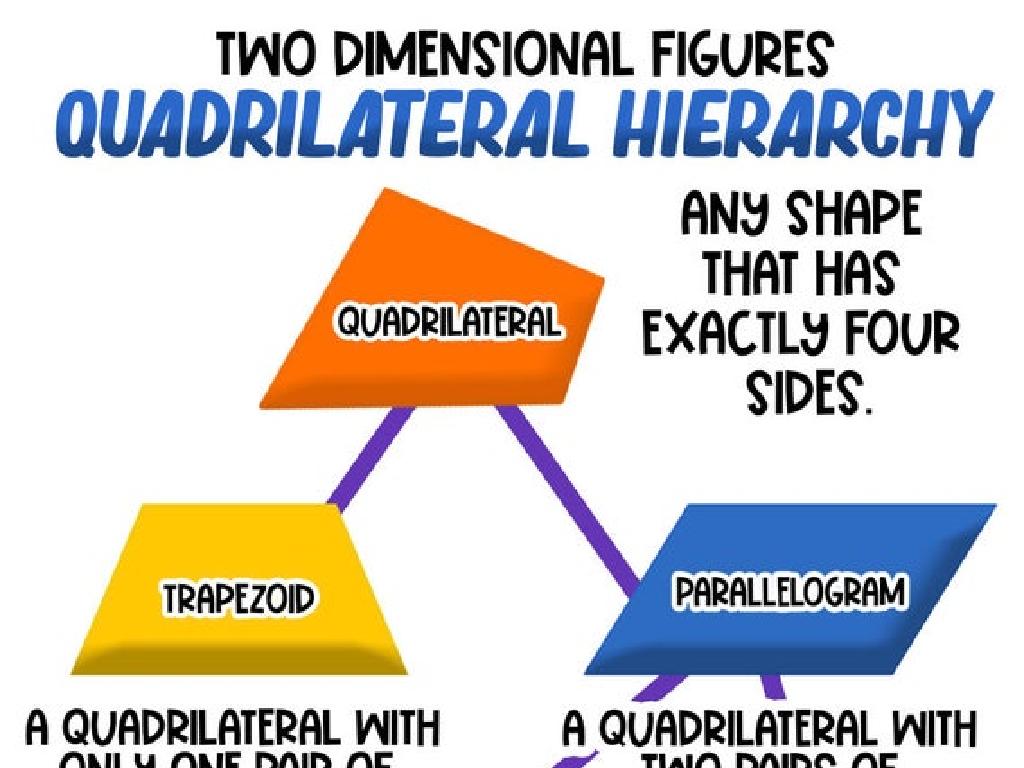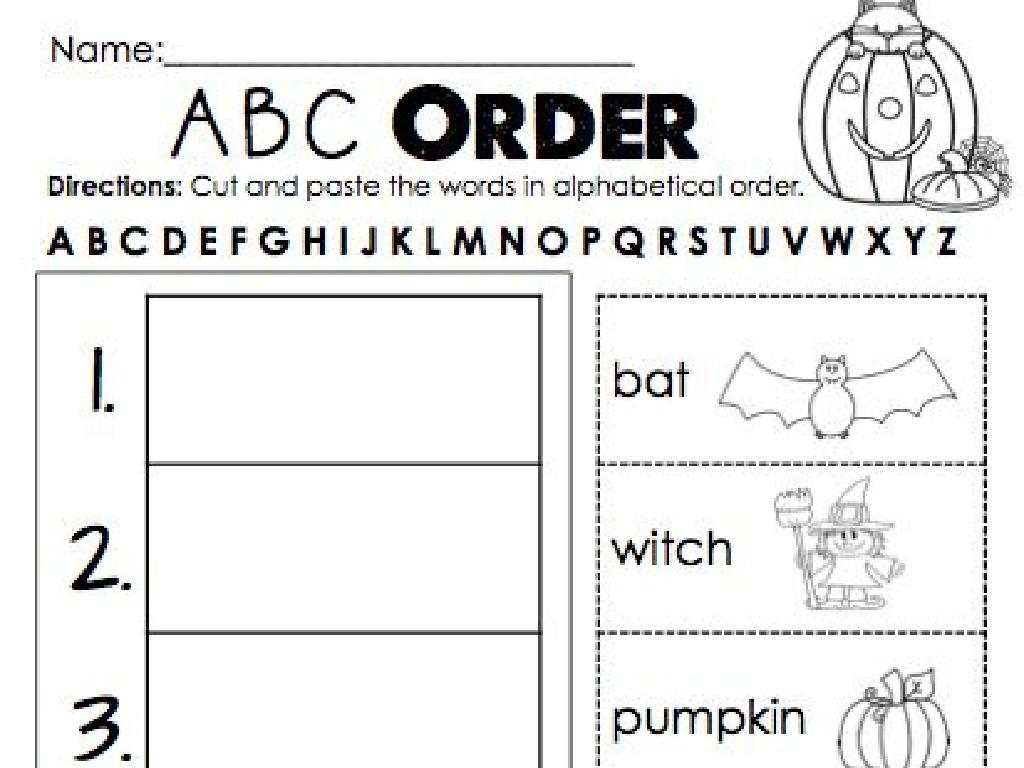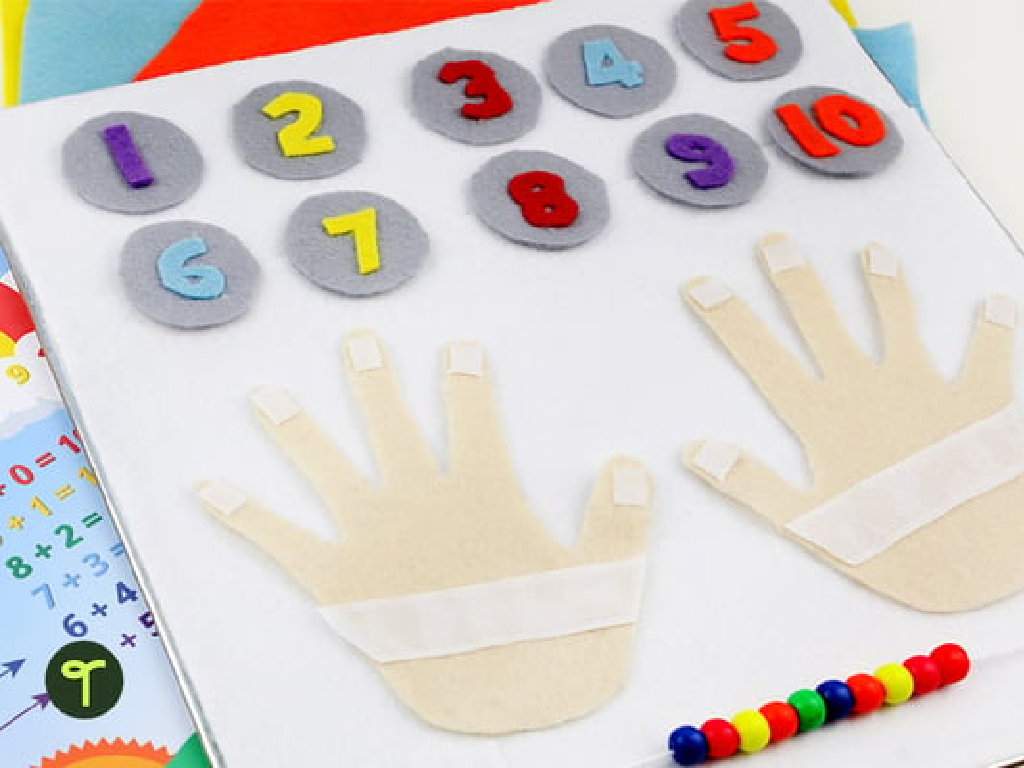Identify Proportional Relationships From Tables
Subject: Math
Grade: Seventh grade
Topic: Proportional Relationships
Please LOG IN to download the presentation. Access is available to registered users only.
View More Content
Identifying Proportional Relationships from Tables
– Understanding proportions globally
– Defining proportional relationships
– A proportional relationship is two quantities increasing or decreasing at the same rate.
– Identifying proportions in tables
– Look for equal ratios between two quantities across the table.
– Practice with real-world examples
– Use examples like recipes or distance-time relationships.
|
This slide introduces the concept of proportional relationships and how to identify them using tables, which is a crucial skill in mathematics and applicable in various real-world scenarios. Begin by discussing the omnipresence of proportions in our daily lives, such as in cooking or shopping. Define proportional relationships as situations where two quantities increase or decrease at the same constant rate. Teach students to identify these relationships by examining tables for equal ratios across rows. Provide practice opportunities with real-world examples, such as determining the cost of multiple items or the distance traveled over time at a constant speed. Encourage students to think critically about how ratios and proportions are interconnected and to use this knowledge to solve practical problems.
Understanding Proportions
– Define a proportion
– A proportion is an equation stating two ratios are equal.
– Proportions in daily life
– Recipes in cooking, buying fruits by weight, or mixing drinks.
– Comparing proportion vs. non-proportion
– Proportion: 2/3 = 4/6, Non-Proportion: 2/3 ` 3/5
– Identifying proportions in tables
– Look for a constant ratio across the table’s values.
|
This slide introduces the concept of proportion, which is a fundamental aspect of understanding relationships between quantities. Start by defining proportion as an equation that shows two ratios are equivalent. Provide relatable examples such as recipes or buying items by weight to illustrate proportions in everyday life. Discuss the difference between proportional and non-proportional situations, using clear examples to highlight the contrast. Finally, guide students on how to identify proportional relationships from tables by finding a consistent ratio across rows or columns. Encourage students to practice with real-life scenarios and tables to solidify their understanding.
Exploring Tables: Proportional Relationships
– Define a mathematical table
– A table organizes data in rows and columns for analysis
– Tables illustrate relationships
– They can display how one quantity is related to another
– Comprehend rows and columns
– Rows run horizontally, columns run vertically
– Recognize proportional relationships
– If the ratio of one pair of numbers is equal to the ratio of another pair, the relationship is proportional
|
This slide introduces students to the concept of tables and how they are used to represent and analyze relationships between quantities. Emphasize the structure of tables, with rows representing horizontal collections of data and columns as vertical. Explain that proportional relationships in tables can be identified by consistent ratios across rows or columns. Provide examples of tables with proportional relationships, such as equivalent fractions or unit rates. Encourage students to practice identifying these relationships in different tables to solidify their understanding.
Identifying Proportional Relationships from Tables
– Characteristics of proportional tables
– Each ratio of Y to X is constant. E.g., if 2x = y, then (1,2), (2,4), (3,6) show proportionality.
– Using ratios to find proportionality
– Compare ratios: if 4/2 = 8/4 = 12/6, the relationship is proportional.
– Understanding constant of proportionality
– ‘k’ is the ratio that is always the same in a proportional relationship, like y/x.
– Applying ‘k’ in real scenarios
– If a recipe is scaled up by ‘k’, the proportions of ingredients remain consistent.
|
This slide introduces the concept of proportional relationships as they appear in tables. Emphasize that in proportional tables, the ratio between corresponding entries is constant. Show how to use ratios to determine if a relationship is proportional by checking if the division of each pair of numbers results in the same value. Explain that this consistent value is known as the constant of proportionality, often represented by ‘k’. Provide examples where ‘k’ is used to scale quantities up or down, such as in recipes or maps, to help students understand its application in real-life situations. Encourage students to practice with different tables to identify proportional relationships and find the constant of proportionality.
Working with Ratios: Proportional Relationships
– Understanding ratios
– A ratio shows the relative sizes of two or more values.
– Writing ratios from tables
– Use table values to express the ratio of two quantities.
– Determining the unit rate
– The unit rate is the ratio of two measurements in which the second term is 1.
– Applying unit rates
– Use unit rates to solve real-world problems.
|
This slide introduces students to the concept of ratios as a foundational element of proportional relationships. Start by defining a ratio and how it represents the relationship between two quantities. Then, guide students on how to extract ratios from a table of values, emphasizing the importance of consistency in the order of terms. Next, explain the concept of the unit rate and how it can be found by dividing the two quantities, with the denominator set to one. Finally, demonstrate the application of unit rates in real-life scenarios, such as calculating speed (miles per hour) or density (people per square mile). Encourage students to practice by finding unit rates from various tables and using them in practical examples.
Practice: Proportional Relationships in Tables
– Example 1: Table proportionality
– Determine if the ratios in the table are equivalent
– Example 2: Constant of proportionality
– Find the ratio that remains constant across the table
– Discuss solutions in groups
– Share different methods and answers
– Reflect on learning outcomes
– Understand how to identify proportional relationships
|
This slide is aimed at providing students with practical examples to solidify their understanding of proportional relationships as seen in tables. Begin with Example 1 by presenting a table and guiding students to check for equivalent ratios. For Example 2, instruct students on how to find the constant ratio that defines the proportionality of the table. Encourage group discussions to allow students to compare their approaches and solutions, fostering a collaborative learning environment. Conclude with a reflection session where students can discuss what they’ve learned about identifying proportional relationships from tables. Provide additional examples if time permits and ensure that each student is engaged and understands the concept.
Class Activity: Discovering Proportions
– Analyze the provided tables
– Determine proportional relationships
– Check if for every increase in x, y increases by the same factor
– Document your findings
– Write down which tables show proportionality and which do not
– Share with the class
|
This activity is designed to help students practice identifying proportional relationships from tables. Provide each student with a set of tables. Instruct them to analyze each table by checking if there’s a constant ratio between the two variables. Students should look for a consistent multiplicative relationship across the table’s entries. After analyzing, students will write down their observations and determine which tables represent a proportional relationship. Encourage them to explain their reasoning. Finally, students will share their findings with the class, fostering a collaborative learning environment. Possible activities include comparing tables with different rates, discussing why certain tables don’t show proportionality, and creating their own proportional tables.
Wrapping Up: Proportional Relationships
– Recap: Proportional Relationships
A proportional relationship has a constant ratio between two quantities.
– Why proportions matter
Understanding proportions is crucial for solving real-world problems.
– Homework: Real-life proportions
Find examples of proportional relationships in daily life, like recipes or fuel efficiency.
– Share examples next class
|
As we conclude, remind students of the key characteristics of proportional relationships, emphasizing the constant ratio aspect. Highlight the importance of understanding proportions in various fields such as science, finance, and everyday problem-solving. For homework, students should find and bring examples of proportional relationships they observe in their environment, which could include cooking measurements, speed and travel time, or cost comparisons. This will help them relate mathematical concepts to the real world. Encourage them to be prepared to discuss how they determined the relationships are proportional. This exercise will reinforce their understanding and application of the concept.






